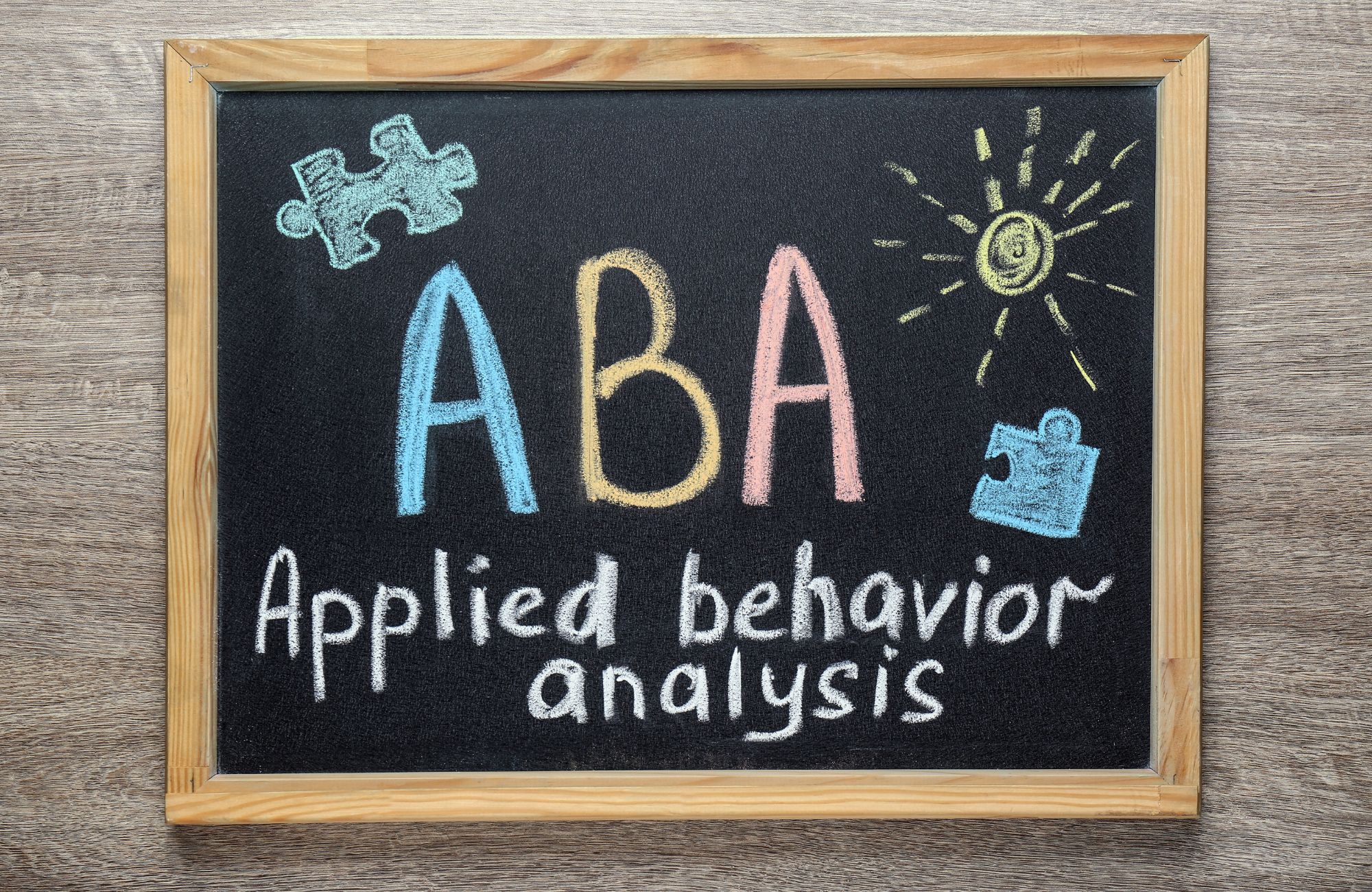Imagine two children showing the same aggressive behavior in class, both hitting during group activities, but for entirely different reasons. One does it to avoid difficult tasks, while the other wants attention from adults. This highlights the importance of what is functional assessment in applied behavior analysis, a process that looks beyond the behavior to understand its true cause.
Functional assessment is a methodical approach ABA professionals use to uncover why a behavior occurs. Rather than simply trying to stop a problem behavior, it involves identifying the environmental triggers and consequences that keep it going. This detective-like process helps reveal the purpose a behavior serves.
By understanding a behavior’s function, whether it’s to escape, gain attention, access something, or meet a sensory need, behavior analysts can design targeted interventions. Backed by research, this approach leads to more effective, long-lasting solutions that replace challenging behaviors with positive alternatives.
Why Functional Assessments Matter in Applied Behavior Analysis
Traditional approaches often aim to stop unwanted behavior through punishment, but functional behavior assessments take a deeper view. They recognize that every behavior serves a purpose in the person’s environment. By identifying what someone is trying to achieve, like attention, escape, or access, behavior analysts can teach more appropriate ways to meet that same need.
For instance, if a child throws toys to get attention, an ABA therapist might teach them to raise their hand or say “look at me” instead. Both behaviors serve the same function, but one is socially acceptable. This function-based approach is especially effective for individuals with autism and developmental disabilities, leading to more lasting, meaningful change than simply trying to suppress the behavior.
The Four Main Functions of Behavior
All challenging behaviors typically serve one of four main functions that behavior analysts identify through conducting FAs:
Automatic Reinforcement (Sensory Function)
Some behaviors happen because they provide direct sensory stimulation to the individual. These behaviors continue even when no social consequences are provided because the reinforcement comes from engaging in the specific behavior itself. Examples include hand-flapping, rocking, or self-injury that provides sensory input.
Escape/Avoidance Function
Many problem behaviors help people escape from or avoid unpleasant situations or demands. This function becomes common when individuals lack the skills to appropriately communicate their desire for a break. Aggressive behavior during academic tasks or tantrums when asked to complete chores often serves this escape function.
Attention Function
These behaviors occur to gain attention from other professionals, family members, or peers. The attention can be positive (praise, comfort) or negative (scolding, correction) – both types of social interaction can maintain the behavior. Examples include calling out in class or engaging in disruptive actions when being ignored.
Tangible Access Function
Some behaviors occur to gain access to preferred items, activities, or experiences. Examples include grabbing toys from others or having meltdowns when denied access to desired objects.
Three Types of Functional Assessment Methods
Indirect Functional Assessment
This method involves gathering information from people who regularly observe the individual, such as parents, teachers, and other professionals. While indirect assessments are efficient, they rely on the accuracy of informant observations.
Common indirect assessment tools include:
- Structured interviews with caregivers
- Rating scales that measure behavior frequency and intensity
- Functional Analysis Screening Tool (FAST)
- Questionnaires about when problem behavior occurs
Benefits: Quick data collection, doesn’t require specialized training, captures behaviors that might not occur during brief periods of direct observation.
Direct Observational Functional Assessments
Direct observation represents the gold standard for understanding behavior in natural environments. Trained observers systematically record when target behavior occurs, along with environmental factors that precede and follow these incidents.
Data collection methods include:
- ABC data recording (Antecedents, Behavior, Consequences)
- Frequency counts of how often specific behavior occurs
- Duration recording for behaviors that persist over time
- Collecting data on response latency to behavioral triggers
- Gathering baseline data across different conditions
Benefits: Provides objective, real-time information about behavioral patterns and environmental factors that influence when problem behavior occurs.
Experimental Functional Analysis
Functional analysis is the most rigorous method for determining behavioral function. This approach involves systematically manipulating environmental conditions to demonstrate clear relationships between specific variables and challenging behavior.
Standard FA conditions include:
- Attention condition: Provide attention only following problem behavior
- Demand/Escape condition: Remove tasks only after challenging behavior occurs
- Tangible condition: Provide preferred items only following the target behavior
- Alone condition: No social consequences to test automatic reinforcement
- Control condition: Free access to attention and preferred items
A brief functional analysis uses shorter sessions for quicker assessment, while trial-based functional analysis integrates assessment procedures into daily routines. These modifications make conducting functional analyses more feasible in clinical settings while maintaining experimental rigor.
Benefits: Provides definitive evidence about what maintains challenging behavior, but requires extensive training and should only be conducted by qualified behavior analysts.
Step-by-Step Functional Assessment Process
Step 1: Define the Target Behavior
Behavior analysts must clearly describe the specific behavior requiring intervention. Instead of vague terms like “aggressive behavior,” professionals define exactly what actions constitute the target behavior. For instance, rather than simply noting “self-injury,” they might specify “any instance where the individual’s hand makes contact with their head with sufficient force to produce an audible sound.”
Effective behavior definitions:
- Are specific and observable
- Include measurable criteria
- Distinguish what counts as the behavior
- Can be recognized consistently by different observers
Identifying precursor behaviors that signal an impending occurrence of the target behavior also helps develop proactive intervention strategies.
Step 2: Gather Information and Collect Data
This phase involves systematic data collection to identify patterns in when and where challenging behavior occurs. Behavior analysts examine the child’s behavior across multiple settings and conditions to determine environmental determinants.
Key information areas include:
- When problem behavior occurs most frequently
- Environmental factors present during behavioral episodes
- Social context and people present
- Activities or demands that precede challenging behavior
- Consequences that follow problem behavior occurrences
Data collection typically spans several weeks to ensure representative sampling across various conditions. This extended timeline helps identify both consistent patterns and situational variables that influence behavioral occurrence.
Step 3: Develop and Test Hypotheses
Based on collected data, behavior analysts develop specific hypotheses about why the target behavior occurs. These hypotheses follow an “If-Then” format that includes antecedent conditions, the specific behavior, and its maintaining function.
One example might be: “When presented with academic demands (antecedent), John engages in head-hitting (behavior) to escape from the task (function).”
Testing hypotheses involves systematically manipulating suspected maintaining variables while collecting data on behavioral responses.
Step 4: Create Intervention Plans
The final step translates assessment findings into comprehensive behavior intervention plans. Effective interventions directly address the identified function while teaching functionally equivalent alternative behaviors.
Core intervention components:
- Prevention strategies that modify antecedent conditions
- Teaching replacement skills through functional communication training
- Consequence modifications using differential reinforcement
- Environmental supports that promote appropriate behavior
- Ongoing data collection to monitor progress
When Functional Behavior Assessments are Necessary
Conducting functional analyses becomes necessary when challenging behaviors significantly impact learning, safety, or social relationships. Behavior analysts recommend functional assessments in such cases as:
- Behaviors that pose safety risks to the individual or others
- Actions that significantly interfere with learning opportunities
- Problem behaviors that limit social interactions or community participation
- Challenging behaviors that haven’t responded to standard interventions
- Situations requiring individualized behavior support plans
Early intervention through functional behavioral assessment can prevent more severe challenging behaviors from developing and reduce the need for restrictive interventions later.
Professional Requirements and Team Collaboration
Conducting functional behavior assessments requires specific qualifications. A Board Certified Behavior Analyst should oversee all assessment activities, ensuring adherence to professional standards. However, the process benefits from collaboration among various team members.
Key team members include:
- BCBA: Provides technical expertise in applied behavior analysis
- Parents and caregivers: Share insights about behavior in the natural environment
- Teachers: Contribute classroom observations and academic context
- ABA therapists: Implement interventions consistently
- Other professionals: Offer specialized knowledge
- The individual: Participates when appropriate
This collaborative approach ensures that functional assessments capture behavioral patterns across all relevant environments and promote consistency in intervention implementation.
From Assessment to Effective Intervention
The ultimate goal involves translating functional assessment findings into effective, individualized interventions. Function-based treatments directly address the identified behavioral function while teaching more appropriate ways to achieve the same outcome.
Successful interventions:
- Address the identified function – Ensure the person’s needs are met through appropriate behavior
- Teach alternative behaviors – Use systematic instruction to develop replacement skills
- Modify environmental factors – Change conditions that trigger challenging behavior
- Implement differential reinforcement – Provide consequences that strengthen appropriate behavior while not reinforcing problem behavior
- Monitor progress – Use ongoing data collection to evaluate effectiveness
This approach, supported by decades of research in behavior analysis, has proven particularly effective for individuals with autism spectrum disorder and other developmental disabilities.
Key Benefits of Functional Assessment
Functional assessment serves as a useful tool that helps behavior analysts understand the “why” behind challenging behavior. By identifying what function a behavior serves, professionals can:
- Develop more effective, individualized interventions
- Teach appropriate replacement behaviors that serve the same function
- Respect the individual’s underlying needs and communication attempts
- Create lasting positive changes in behavior
- Improve the overall quality of life and community participation
The process requires patience, expertise, and teamwork, but research consistently demonstrates its effectiveness. Individuals learn to communicate appropriately, participate fully in their communities, and achieve personal goals through evidence-based support that promotes independence and dignity.
Conclusion
Understanding what functional assessment is in applied behavior analysis helps uncover the why behind challenging behaviors. Rather than focusing solely on stopping unwanted actions, this approach reveals what a person is trying to communicate or achieve. With this insight, behavior analysts can design personalized strategies that replace problem behaviors with positive, functional alternatives, leading to lasting improvements in daily life, learning, and social interaction.
At Affinity ABC in New Mexico, we use functional behavior assessments to guide compassionate, individualized ABA therapy for children with autism and developmental disabilities. Our expert team works closely with families to understand each child’s unique needs and create supportive strategies that promote meaningful progress. Ready to take the next step? Contact us today to get started with care that truly makes a difference.
FAQs
What is a functional behavior assessment?
A functional behavior assessment (FBA) is a systematic process to identify why challenging behaviors occur by examining their underlying purpose or function.
What is the purpose of conducting a functional assessment?
The purpose is to understand what a challenging behavior serves so that effective interventions can be developed to teach appropriate replacement behaviors.
What is an example of a functional assessment?
Assessing a child who hits during math class by collecting data on what happens before and after hitting to determine if it serves to escape tasks or gain attention.
What is the functional skills assessment ABA?
Functional skills assessment evaluates a person’s daily living abilities, like communication, self-care, and social skills needed for independence.









